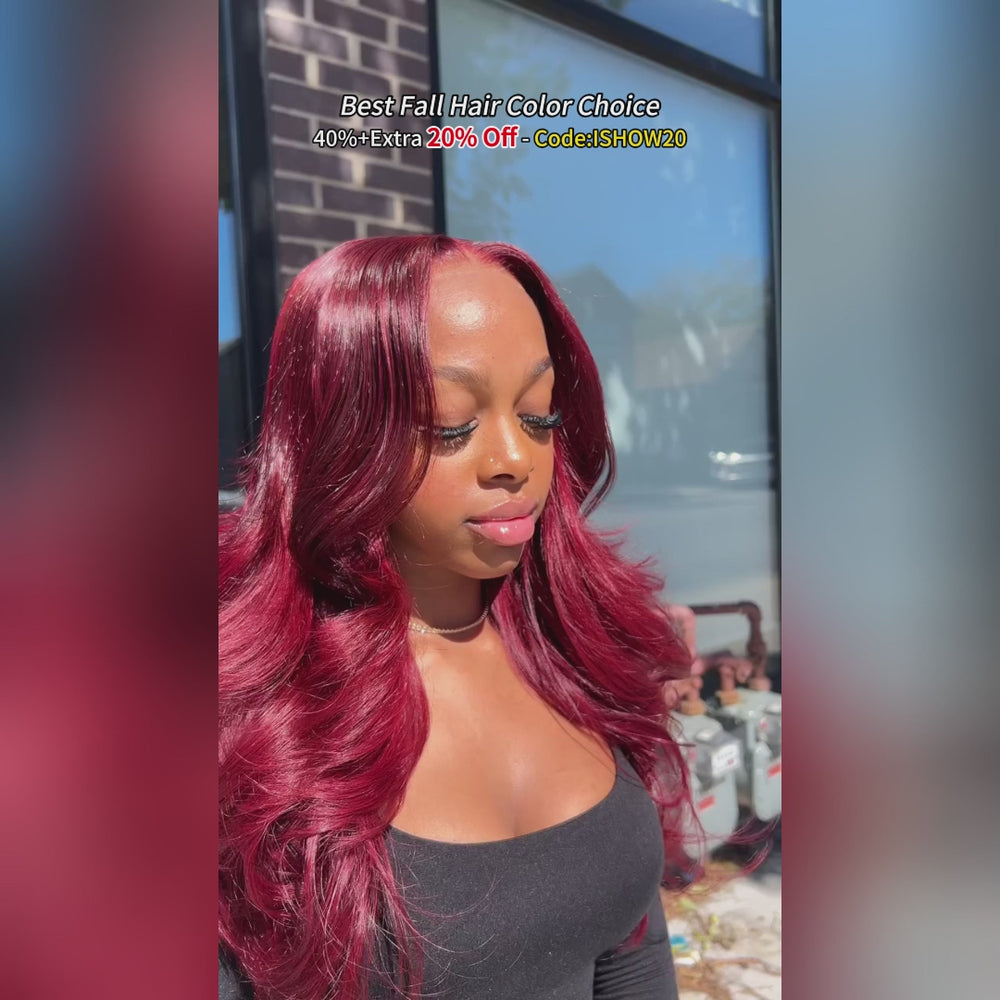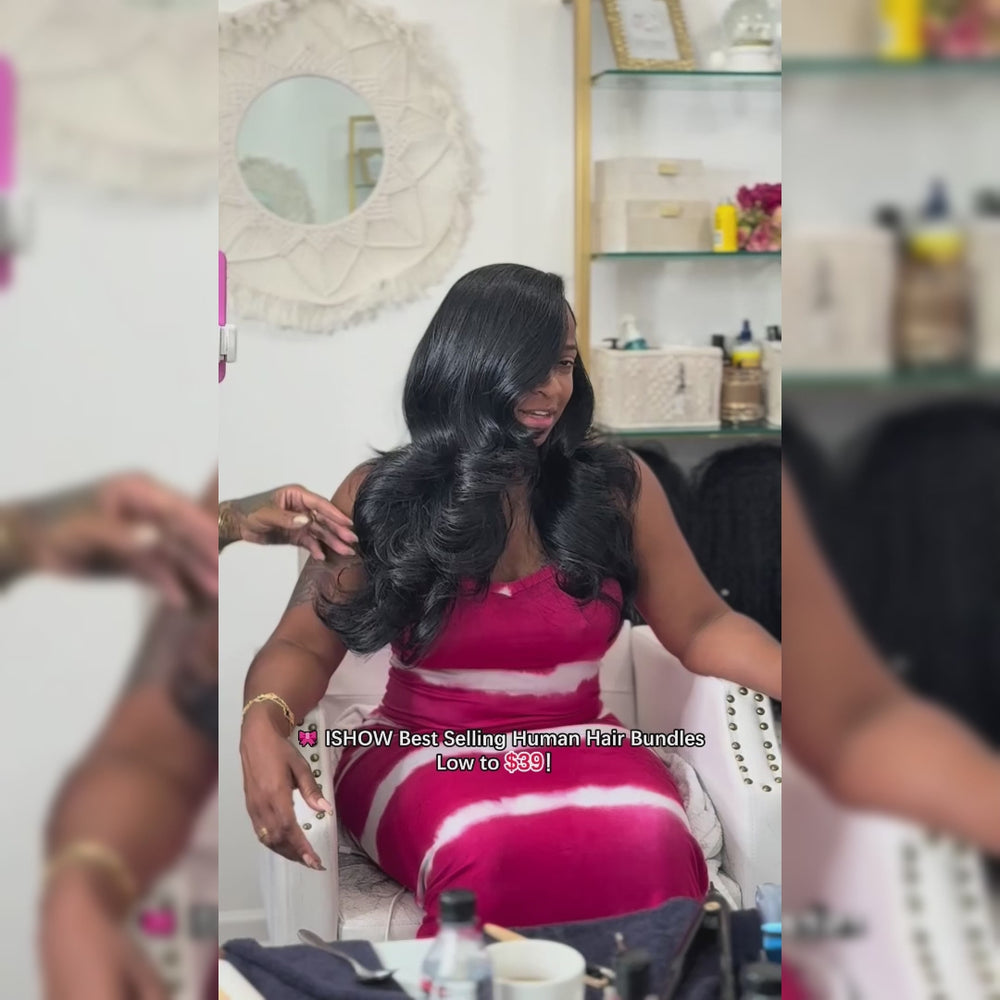How to Detangle Your Wig Like a Pro
Have you ever bought a nice wig, only to find it tangled and impossible to wear after a little while? It can be really frustrating when your wig doesn't look good because of knots. Just like your own hair, wigs need care to stay beautiful. One of the biggest problems wig wearers face is tangling. If you don't take care of it properly, a tangled wig can get damaged and become hard to use. In this guide, we'll explain why wigs tangle and share simple tips to help you untangle your wig and keep it looking great!
Why Your Wigs Tangle

Common Causes of Tangling in Wigs
- Friction from Clothing and Accessories: Wigs can rub against your clothing, scarves, and hats, causing tangles. This is especially true for longer wigs that catch on more things.
- Lack of Proper Care and Maintenance: Just like your own hair, wigs need regular care. If you don't wash, condition, or brush your wig, dirt and oils can build up and create tangles.
- Environmental Factors: Humidity and wind can make tangles worse. High humidity can make wigs puffy and frizzy, while wind can cause the hair to get knotted.
- Wrong Styling Products: Some styling products can leave behind a sticky residue, making it hard to manage the hair. Heavy gels or sprays can weigh the hair down and lead to tangling.
Synthetic vs. Human Hair Wigs: Which Tangles More?
Synthetic wigs usually tangle more easily than human hair wigs because of the materials they are made from. The fibers in synthetic wigs can be less flexible, which makes them more likely to get damaged and tangled if you pull on them too much. In contrast, human hair wigs look and feel like real hair, so they can handle more styling and brushing without tangling as quickly.
Preparing to Detangle Your Wig
Gathering Necessary Supplies
Here are the tools you'll need to detangle your wig:
- Wide-tooth comb or wig brush: These are made to gently remove tangles without damaging the hair.
- Detangling spray or conditioner: This helps make the hair softer and easier to comb through.
- Towels and a clean workspace: Having a dedicated space will help you handle the wig better.
Assessing the Tangles
Start by taking a close look at your wig to see how tangled it is. Are there just a few small knots, or is the wig very tangled? Also, check for any damage by looking for split ends or worn-out areas on the wig. If you notice these, you may need to trim those sections before detangling to prevent further damage.
Step-by-Step Guide to Detangling Your Wig

Step 1: Starting with Clean Hair
Clean hair is much easier to work with, and washing helps remove any product build-up. To wash the wig, use lukewarm water and a gentle shampoo. Make sure to rinse it well so there's no shampoo left behind. After washing, apply a conditioner to keep the hair soft and easy to manage.
Step 2: Applying Detangling Spray
After your wig is clean and dry, apply a detangling spray or leave-in conditioner. This step is important because it helps soften the fibers and makes it much easier to remove tangles. To apply the spray, hold it about 6 to 8 inches away from the wig and mist it evenly over the hair. Be sure to focus on the areas where the tangles are most noticeable.
Step 3: Sectioning the Wig
To make detangling easier, divide the wig into smaller parts. It's best to split it into four sections. Use clips to hold each section in place so you can focus on one area at a time without feeling overwhelmed.
Step 4: Gently Detangle
Use your wide-tooth comb or wig brush to start at the ends of the hair and work your way up to the roots. Begin by gently combing through the tips of the wig. If you come across a knot, don't pull on it. Instead, use your fingers to carefully separate the strands until the knot comes loose. For stubborn knots, hold the base of the wig near the scalp with one hand to keep it steady while you gently pull apart the tangled section with the other hand.
Step 5: Final Touches
After you've detangled all the sections, it's important to do a final check for any remaining tangles. Run your fingers through the wig to feel for any knots. If you find any, go back and repeat the detangling process on those areas.
Looking for high-quality, tangle-free options? Check out our Ready To Wear Wigs that combine style with easy maintenance. These wigs are designed to stay beautiful, even with daily use.
Preventative Measures to Avoid Tangling
Detangling is important, but taking some steps to prevent tangles can help you spend less time dealing with them in the future. This will save you both time and effort.
Regular Maintenance Routine
Having a regular maintenance routine is very important. Try to wash your wig every 10 to 15 wears, depending on how often you use it. Always use conditioner after washing to keep the hair soft. When you're not wearing your wig, store it on a wig stand or mannequin head to help it keep its shape. Avoid putting it in a drawer or bag, as this can cause it to get crushed or tangled.
Choosing the Right Products
Always use a wide-tooth comb or a brush made for wigs. These tools are gentler on the hair and help stop breakage. When it comes to styling products, choose lightweight options that don't contain alcohol or harsh chemicals. Mousse or light sprays work well and are better than heavy gels, which can cause build-up and tangling.
Environmental Care
On windy or humid days, wearing a hat or scarf can protect your wig and keep it from tangling. If you know you'll be outside in the wind, tying the hair back in a loose ponytail can also help minimize tangling caused by movement.
Detangling Your Wig with Confidence!

With these tips, you won't have to worry about tangled wigs anymore. You'll feel more in control and won't want to toss your wig aside. Taking good care of your wig, using the right tools, and handling it gently will help prevent tangles in the future. With some attention, your wig can last for many uses. So, go ahead and try out different styles and colors-each wig has its own special look!











